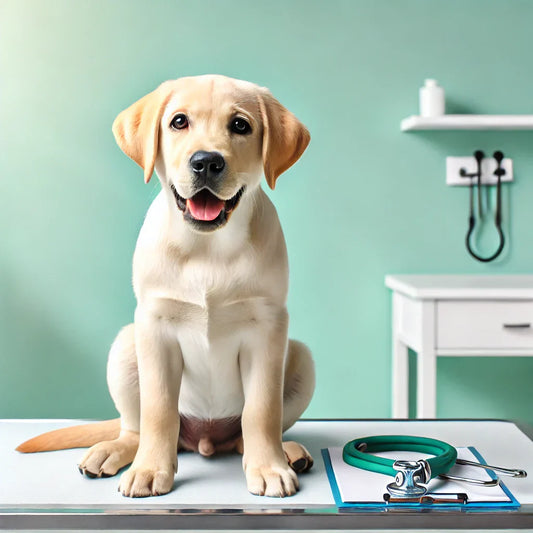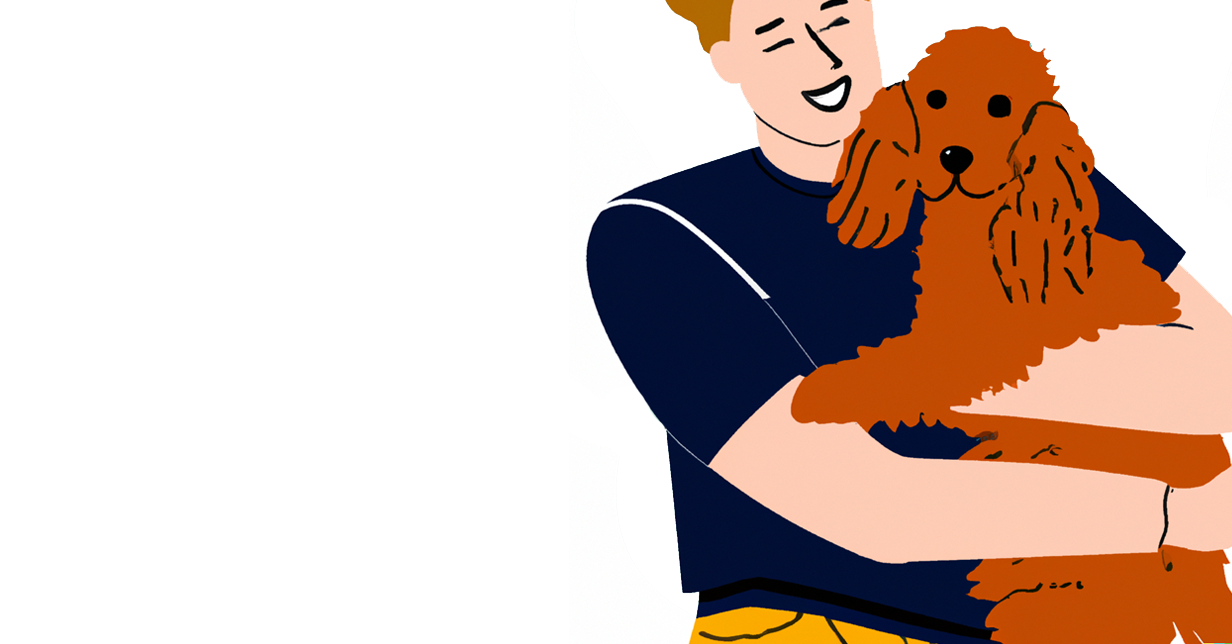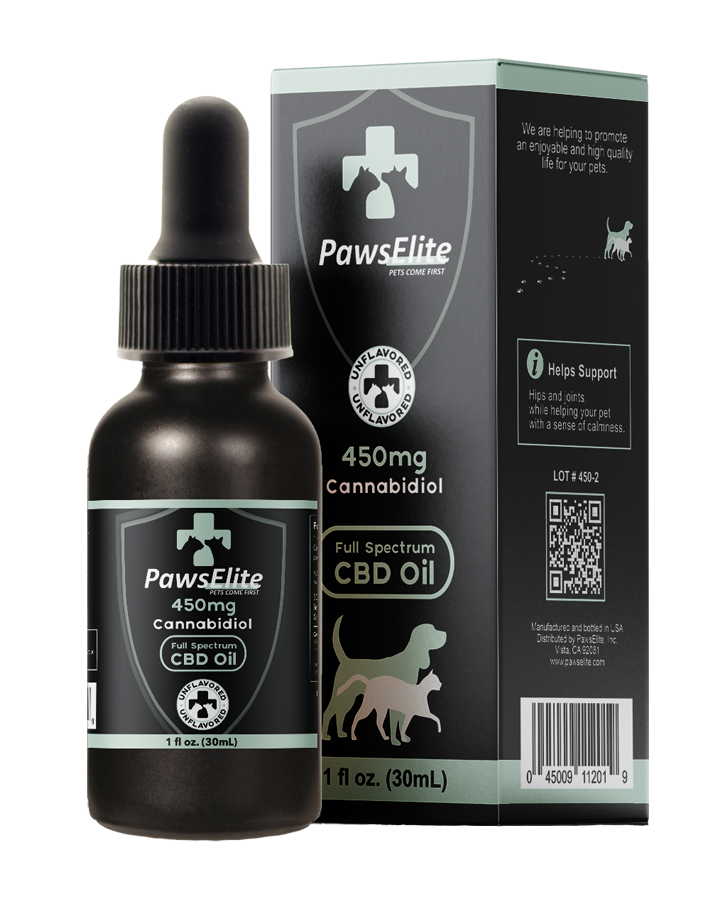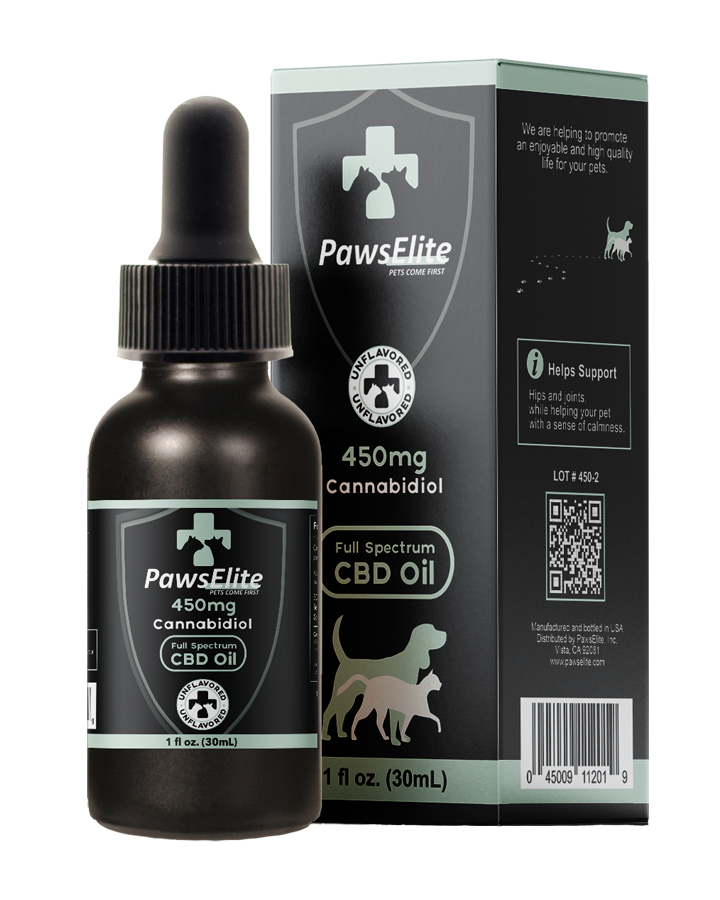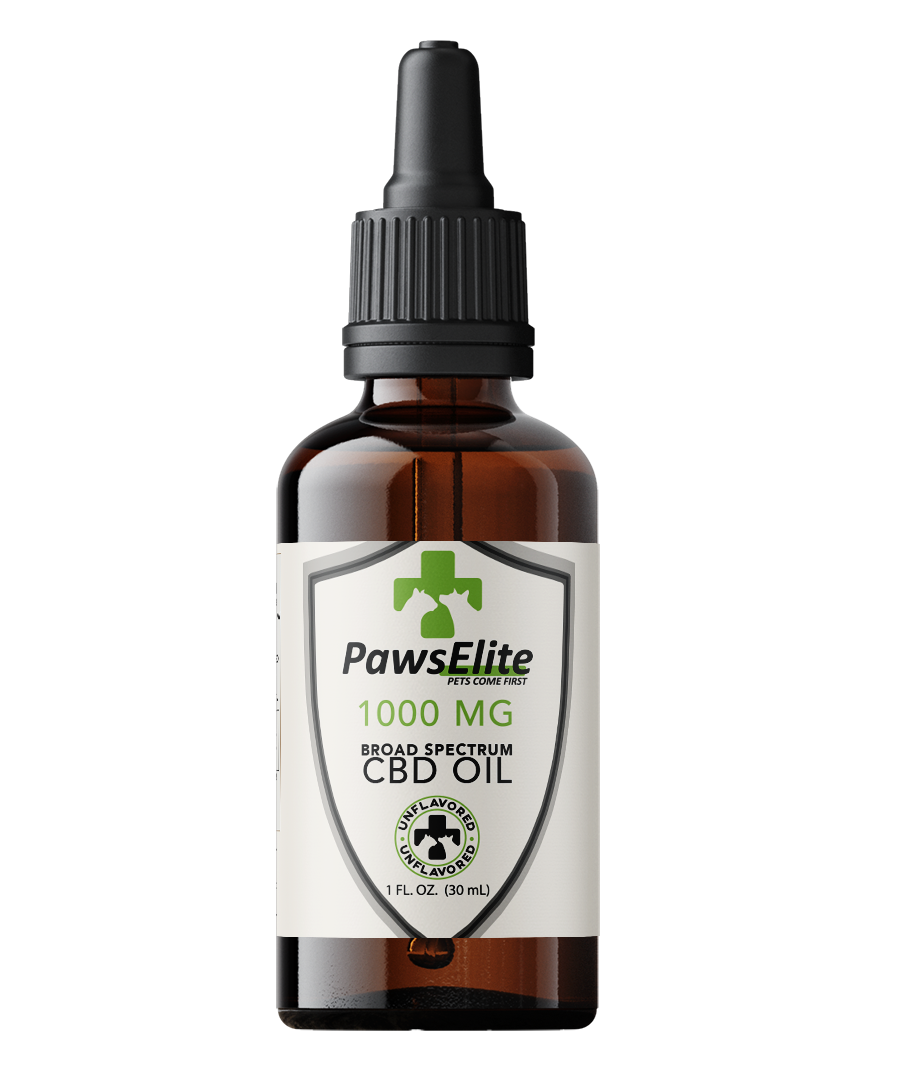Dog Cartoon Art: Personalized Creations for Pet Lovers
Share
Dog cartoon art brings a unique blend of personality and whimsy to the world of creativity. This art form allows for the playful representation of our canine companions, capturing their quirks and characteristics in a stylized way. It's a realm where art meets pet love, resulting in personalized pieces that resonate with dog owners and admirers alike. These artworks serve as delightful expressions of affection for our furry friends.
Personalized dog cartoons have gained popularity among pet owners who wish to see their companions immortalized in a fun, artistic manner. This surge in interest has encouraged artists to dabble in various mediums and materials, adapting their techniques to cater to this niche. From digital illustrations to traditional watercolors, creators harness their preferred tools to bring to life customized and vibrant portraits of dogs that capture both their appearance and spirit.
Key Takeaways
- Dog cartoon art is a personalized and joyful way to depict canine companions.
- There is a growing trend in personalizing dog art tailored to individual pets.
- A variety of artistic mediums are used to create and showcase dog cartoons.
Exploring Dog Cartoon Art
Dog cartoon art merges playful imagery with a unique sense of character, often reflecting the diverse personalities of dogs. This niche offers a light-hearted reflection of the bond between humans and their canine companions.
Cultural Impact
The depiction of dogs in cartoon art, such as those featured on PetPortraits.com, has transcended simple entertainment. Throughout history, dogs have been seen as loyal friends, and their cartoon representations often serve to highlight and amplify this cherished trait. Works like Charles Schulz's Snoopy from the Peanuts comic strip have become iconic, fostering a sense of joy and nostalgia.
Moreover, dog cartoons have been pivotal in various awareness campaigns. Illustrated dogs are frequently used in literature and media to promote responsible pet ownership, and they often feature prominently in educational materials aimed at children.
Contemporary culture has seen a remarkable incorporation of dog cartoons into various forms of media. Social media platforms have pages dedicated to dog cartoon art, representing breeds from the expressive Pug to the dignified German Shepherd in a spectrum of whimsical situations.
In marketing, companies use cartoon dogs as mascots to humanize their brand and create a relatable identity. A notable example is the Target corporation's use of Bullseye, the miniature bull terrier, which has helped the brand foster a friendly image.
Lastly, dog cartoons have a significant role in fashion and design. Apparel, accessories, and home decor featuring cartoon dogs sell widely, indicating not only the popularity of these designs but also the way they resonate with a vast audience who identify with the affectionate and lively nature of dogs.
Creating Personalized Dog Cartoons
Personalized dog cartoons capture the essence of a pet's character and physical traits in a whimsical, artistic form. They offer a unique way to celebrate and memorialize our furry companions.
Character Design Basics
When starting with character design, artists should focus on the dog's physical attributes. Traits such as breed, color, size, and distinctive markings are crucial.
- Breed: Recognize the breed's characteristics and exaggerate them for a playful effect.
- Color: Use a faithful color palette; accurate shades create a recognizable caricature.
- Size: Represent the dog's size, whether petite or imposing, to maintain its essence.
- Distinctive Markings: Highlight unique patterns or spots to make the cartoon true to life.
Character expression also plays an important role. Artists should consider:
- Eyes: Larger-than-life eyes can inject personality and emotion.
- Mouth: A smiling mouth or an open, panting tongue adds to the jolly rendition.
- Posture: A seated pose or an in-action stance can depict the dog's energy and temperament.
Customization Techniques
To customize a dog cartoon, artists might add accessories or incorporate hobbies that reflect the dog's personality or the owner's interests.
- Accessories
- Collars and Tags: Craft a specialized collar with the pet's name or a tag that resembles an important symbol to the owner.
- Clothing: Dress the cartoon dog in outfits that mirror the owner's style or the dog's demeanor.
- Hobbies and Interests
- Toys: Include the dog's favorite toy for a playful touch.
- Environment: Embed the dog in settings that tell a story of its lifestyle or favorite activities.
By applying these techniques, artists can create a personalized, delightful representation of someone's pet, which can serve as a cherished keepsake or a perfect gift for any dog lover.
Mediums and Materials
Creating dog cartoon art can involve a range of mediums and materials, each offering its own set of textures, styles, and techniques.
Digital Tools and Software
In the digital realm, artists often use tablets and styluses for precision and versatility. Programs like Adobe Photoshop, Procreate, and Clip Studio Paint provide expansive brush libraries and comprehensive editing features. Tablets from companies like Wacom provide sensitivity to pressure and tilt, mimicking traditional media. Moreover, vector-based software like Adobe Illustrator is favored for its ability to scale artwork without losing quality, crucial for both web and print.
- Software:
- Adobe Photoshop
- Procreate
- Clip Studio Paint
- Adobe Illustrator
- Hardware:
- Graphics tablets (e.g., Wacom, Huion)
- Styluses
- High-resolution monitors
Traditional Art Supplies
For those preferring a tactile experience, traditional art supplies remain popular. Pencil sketches often serve as the foundation. Watercolor, acrylics, and inks allow for vibrant color application, and each has its distinct appeal. Watercolor, for instance, offers soft gradients, while inks are ideal for bold, defined lines.
- Sketching:
- Pencils (HB, 2B, 4B)
- Erasers
- Sketchbooks
- Coloring:
- Watercolor sets
- Acrylic paints
- Ink pens and markers
Showcasing Your Art
After creating personalized dog cartoon art, artists have various avenues to display and sell their work to enthusiasts and potential buyers.
Online Platforms and Social Media
In the digital age, artists frequently turn to online platforms to exhibit their creations. Websites such as Etsy and DeviantArt cater specifically to artists and creatives, providing a marketplace for their work. List items can include original artwork, prints, and customized merchandise, each accompanied by a detailed description and high-quality images.
Social media channels, notably Instagram and Facebook, serve as dynamic galleries. Artists can build a following by consistently posting their dog cartoons, engaging with their audience through comments and stories, and sharing behind-the-scenes content. Successful social media strategies often involve:
- Regular posting schedules
- Use of relevant hashtags (#dogcartoon, #petart, etc.)
- Interactive posts, such as polls or Q&A sessions
Art Shows and Local Events
Art shows provide artists with an opportunity to present their dog cartoons to a live audience. Participation in these events, whether local galleries or larger art fairs, requires careful planning, such as:
- Selection of pieces to display
- Pricing and sales strategies
- Layout and presentation of the booth or display area
Local events, like community festivals or pet conventions, can be particularly relevant for dog cartoon artists. Such events often attract pet owners and enthusiasts who appreciate personalized and fun art. Networking at these gatherings is beneficial, as it can lead to commissions, collaborations, and increased local recognition.



